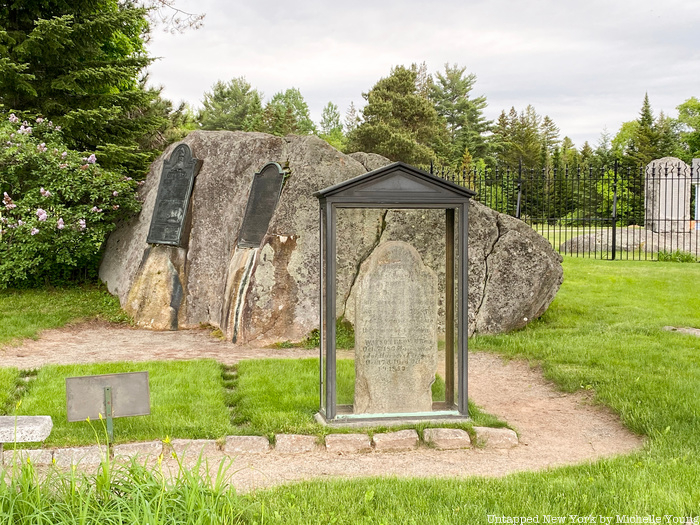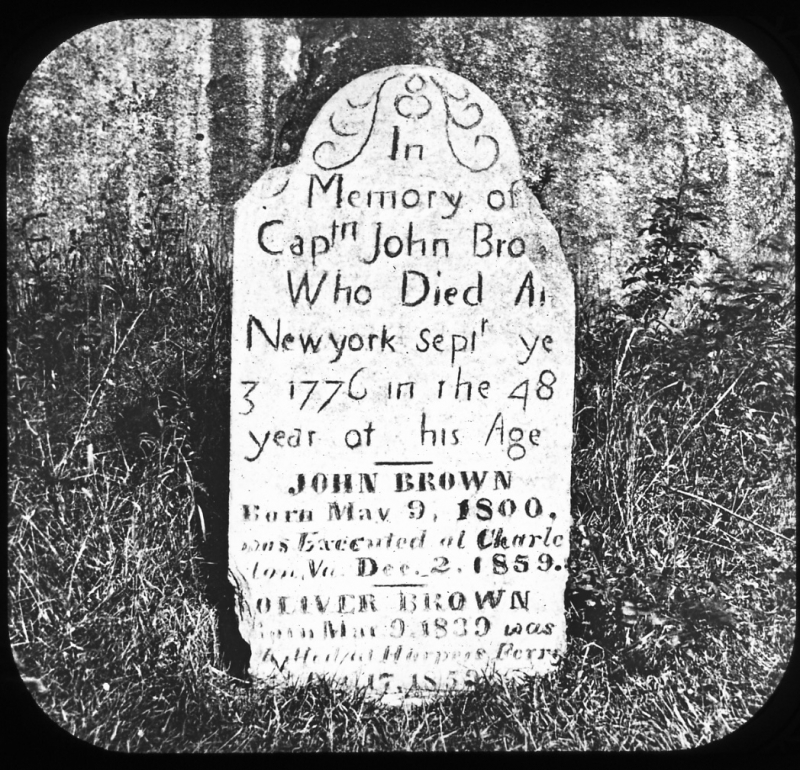John Brown was buried in North Elba, New York
Brown had acquired 244 acres of land in North Elba, New York, in 1849 from wealthy abolitionist Gerrit Smith. The land was close to Timbuctoo, a colony of 120,000 acres that Smith founded in 1846 to provide African American families with the land they required to vote (at the time, state law mandated that black people own $250 worth of property to vote). To help his new neighbors cultivate the steep land, Brown had told Smith he would do so. Brown's family buried the body at their North Elba property, which is now a New York State Historic Site after Brown was put to death.
Brown quickly rose to the status of a martyr. The classic camp song "Say Brothers Will You Meet Us," which has a simple tune, was given new lyrics about the assassinated abolitionist at the beginning of the 1860s. The song, "John Brown's Body," gained enormous popularity in the north despite having some lines that were seen negatively. The music was given yet another set of words by Julia Ward Howe. Thus, the Union marching chant "The Battle Hymn of the Republic," which is still well-known today, was born.











